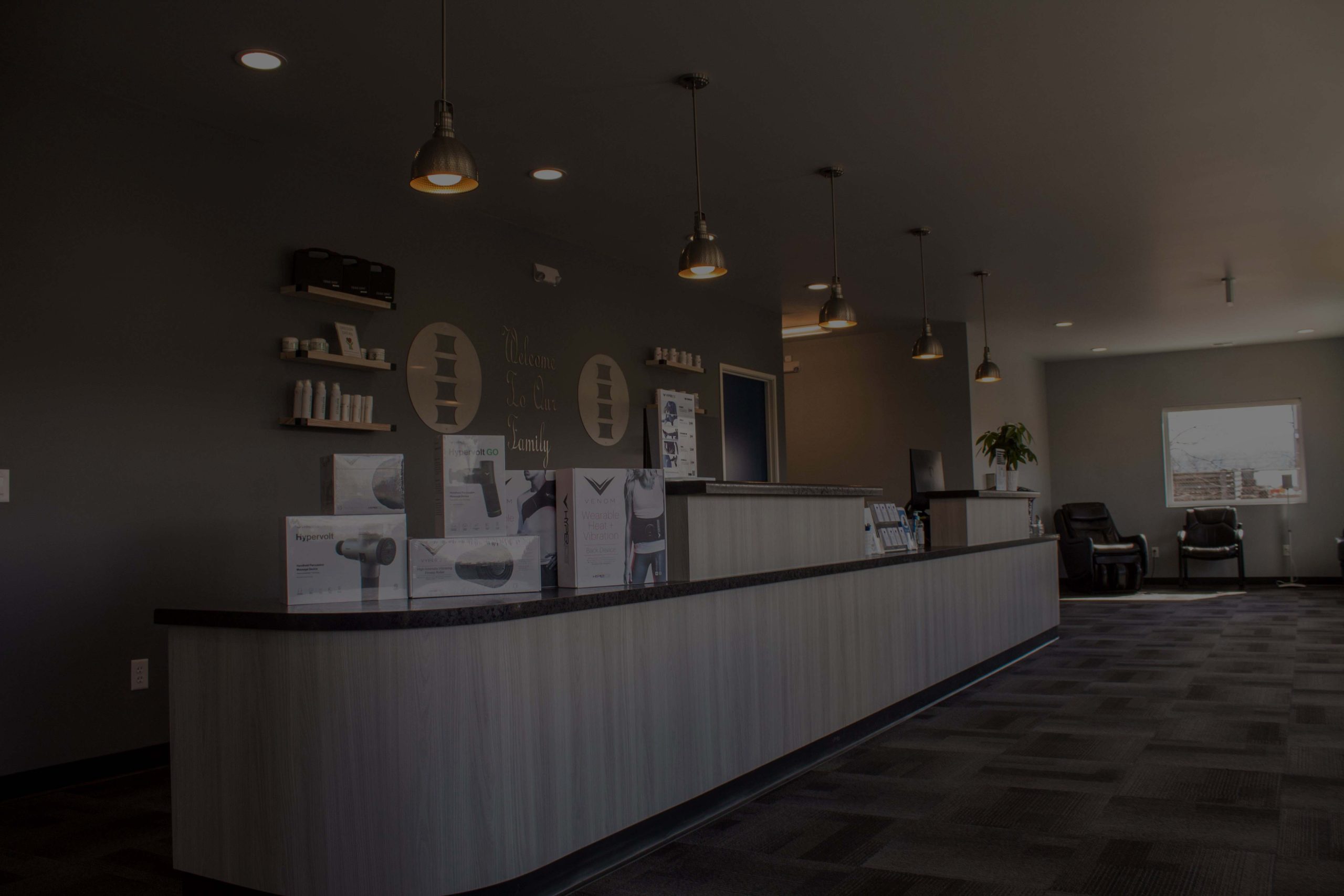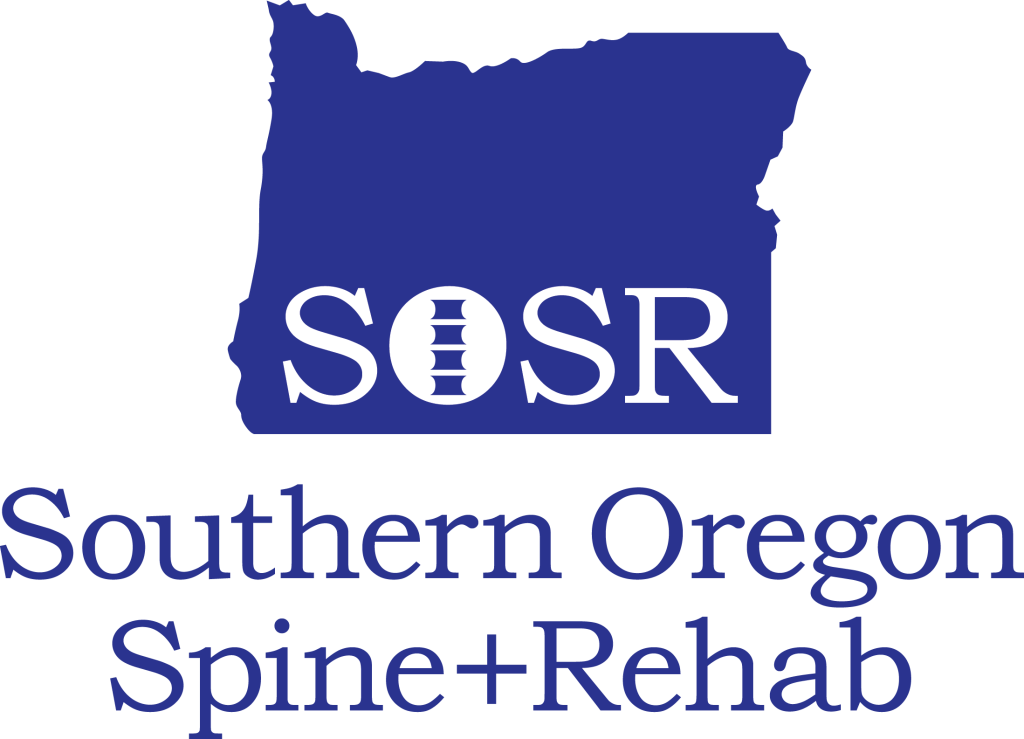March 2022 Update
Intro to Scoliosis
Scoliosis affects 5 to 7 million people in the United States. More than a half million visits are made to doctors’ offices each year for evaluation and treatment of scoliosis. Although scoliosis can begin at any age, it most often develops in adolescents between the ages of 10 and 15. Because scoliosis can be inherited, children whose parents or siblings are affected by it should be evaluated.
What is scoliosis?
Because we walk on 2 feet, the human nervous system constantly works though reflexes and postural control to keep our spine in a straight line from side to side. Occasionally, a lateral (sideways) curvature develops. If the curvature is larger than 10 degrees, it is called scoliosis. Curves less than 10 degrees are often just called postural changes. Scoliosis can also be accompanied by lordosis (abnormal curvature towards the front) or kyphosis (abnormal curvature towards the back). In most cases, the vertebrae are also rotated.
In more than 80% of cases, the cause of scoliotic curvatures is unknown; we call this condition idiopathic scoliosis. In other cases, trauma, neurological disease, tumors, congenital anomalies, and the like are responsible. Functional scoliosis is often caused by some postural problem, muscle spasm, or leg-length inequality, which can often be addressed. Structural scoliosis does not reduce with postural maneuvers. Either type can be idiopathic or have an underlying cause.
What are the symptoms of scoliosis?
Scoliosis can significantly affect the quality of life by limiting activity, causing pain, reducing lung function, or affecting the heart.
How is scoliosis evaluated?
Evaluation begins with a thorough history and physical examination, including postural analysis. If a scoliotic curvature is discovered, a more in-depth evaluation is needed. This might include a search for birth defects, trauma, and other factors that can cause structural curves.
Patients with substantial spinal curvatures very often require an X-ray evaluation of the spine. The procedure helps determine the location and magnitude of the scoliosis, along with an underlying cause not evident on physical examination. Depending on the scoliosis severity, X-rays may need to be repeated to monitor for progression.
Is scoliosis always progressive?
Generally, it is not. In fact, the vast majority of scoliosis remains mild, is not progressive, and requires little treatment, if any.
In one group of patients, however, scoliosis is often more progressive. This group is made up of young girls who have scolioses of 25 degrees or larger, but who have not yet had their first menstrual period. Girls generally grow very quickly during the 12 months before their first period and if they have scoliosis, the curvatures tend to progress rapidly.
What is the treatment for scoliosis?
There are generally three treatment options for scoliosis: conservative care (including spinal manipulation and therapeutic exercise) with careful monitoring, bracing, and surgery. Conservative care with monitoring is the most common treatment, as most mild scolioses do not progress. Bracing is generally reserved for children who have not stopped growing and who have curves between 25 and 45 degrees. Surgery is only used in the few cases where the curves are greater than 45 degrees and progressive and/or when the scoliosis may affect the function of the heart, lungs, or other organs.
If you have concerns that your child or teen may have scoliosis, call the SOSR team for an evaluation.

